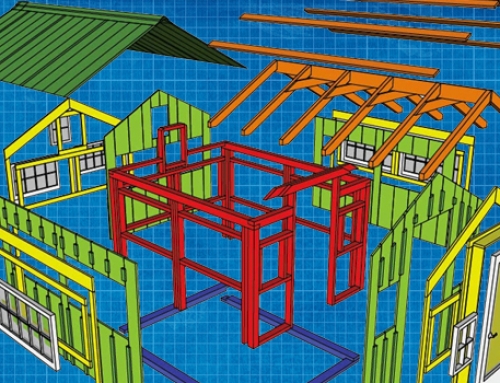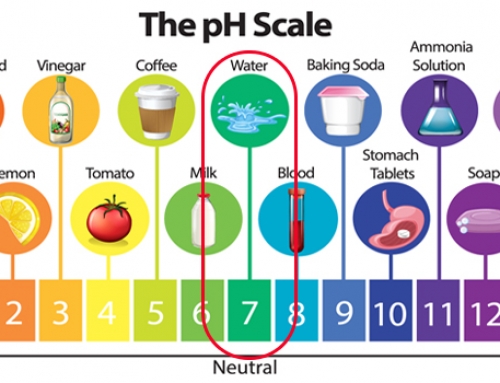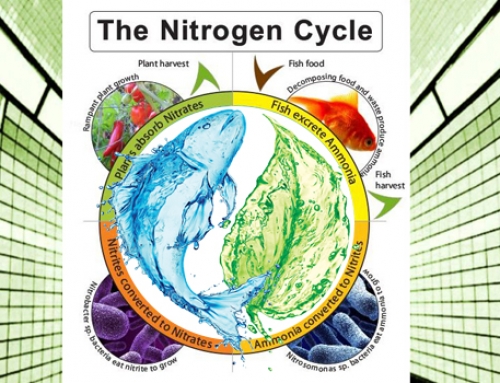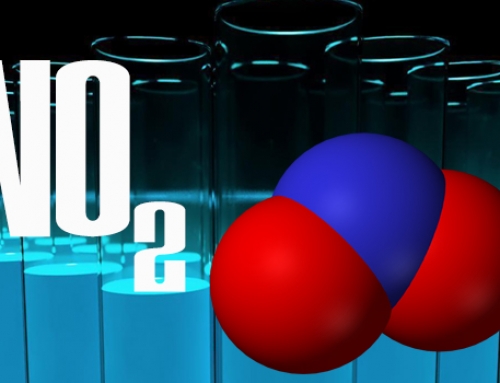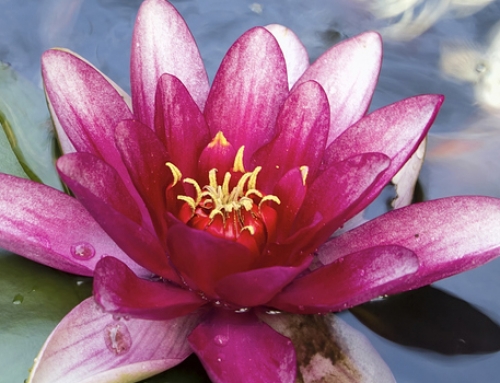Project Description
Backyard Farming Problems
If you think that once you start planting there won’t be any problems. In fact, you may be more confident about that if you are setting up an indoor Aquaponics system. But I am here to tell you, problems are unavoidable in every aquaponics system no matter where you set it up, and failure to solve these problems could result in losing the plants AND fish that you’ve nurtured for weeks and months. When this happens, it feels incredibly disappointing of losing the time, efforts, and money spent in getting the aquaponics system up and running. Here are a few tips, that could curtail any failures and help your system to recover more quickly.
Identifying the types of problems that an aquaponic farmer may encounter early, surely gives you more options to the different solutions available. Some problems may be quite simple to fix, while some may be more complex. Let’s jump in and discuss these problems that others have faced in their aquaponics system.
1. Nutrient Deficiency with Your Plants
Remember, your Aquaponics system is an exercise in keeping a balance. And that goes for the nutrients that plants need to be healthy and robust, and may from time to time lack. Plant nutrient deficiency is a problem you most come in contact with, affecting plant growth and decimate your harvest. Plant deficiencies happen when the various nutrients are not readily available in the water or fish wastes that are used to feed the plants.
Identifying your plant’s nutrient needs is important in preventing and treating plant nutrient deficiency problems in your system.
The most common plant nutrient deficiency you find in aquaponics systems are:
1. Iron Deficiency: Iron is used to produce chlorophyll (keeping everything nice and green) with other enzyme production functions. Signs of an iron deficiency in aquaponics plants are yellowing of leaves in between green veins, a web-like pattern on the leaves, and stunted plant and leaf growth.
Iron deficiency in plants needs to be treated early because it could cause the failure of new plant growth and can cause an inability of the plants to blossom or produce fruit as they should and ultimately can cause plant death. You can supplement iron in your system by using chelated iron.
2. Lack of Calcium: You might not think it, but Calcium is important for plant growth, the strong cell wall of the plants, the production of flowers and fruits, and helps plants maintain their strength and shape. Certain types of plants like Squash, tomatoes, and peppers are most susceptible to calcium deficiency. Death of young leaves, flowers, and fruits, blossom end wither and rot, and deformed new growth of leaves are the common signs of calcium deficiency.
Calcium deficiency in your aquaponics system requires swift action because, again, this can ruin your harvest or cause plant death. You can treat calcium deficiency in your system by using a supplement or applying calcium chloride by foliar to your system.
3. Potassium Deficiency: Potassium is essential for keeping the root development healthy, along with the seed, and ending fruit growth. Plants with potassium deficiency have a browning or burnt look all around the leaf edges, curling of leaf tips, yellowing of the leaf veins, and purple spots on the underside of the leaves can occur if severe enough.
Severe potassium deficiency can lead to plants kicking the proverbial bucket. You can supplement potassium to your system by applying it (spraying it on the plants’ leaves) using potassium chloride or by adding potassium solution to your system by using potassium hydroxide, or potassium sulfate.
There are more nutrient deficiencies you need to be aware of and you can find a full rundown of all of them by Clicking Here.
2. Plants Are Droopy and Dying
Beyond the nutrients, there can be many different reasons why the plants in your aquaponics system may not be doing so well, these include:
- Insufficient water and oxygen:What you need to do is check to make sure that your plants are getting plenty of water and oxygen. To do this, you need to check the roots to see if they are healthy (no withering or root rot).
- pH levels: Everything in your system depends on this being balanced. Plants, fish, and bacteria are all three that must be considered in checking your system’s pH level. Each one of these “players” prefers a slightly different range of pH, so it is important to ALWAYS keep your system in the ideal pH range. Fish and bacteria prefer a slightly alkaline environment, while plants prefer a more acidic environment. So, the ideal range for most aquaponics systems is a pH of 6.5 to 7.0. Monitor the levels on a regular basis, daily at first, then weekly once the system is fully cycled and in full swing.
- Bugs/Pests: Even though the systems we are doing indoors, inside or out you have to deal with the bugs that can harm or kill your plants, so check your plants’ leaves for any signs of pests whenever they seem to be a bit droopy.
- Iron Levels: You also need to check if your water has enough minerals, especially iron. You can supplement your aquaponics system with chelated iron supplements to keep your plant healthy.
3. No Room In the Tank
Now having too many fish in the tank can also hinder the system. For those who are into Aquaculture husbandry (breeding of the fish), this could be an issue. Too many fish will overcrowd your fish tank and make your system less efficient. We advise you not to fill your fish tank and keep stocking density low if you are starting your system. For most of us, this won’t be a problem, because it feels like the fish are dying here and there constantly. Rather we may be faced with low stock density numbers. Keeping on top of it, however, you can easily manage your aquaponics system and avoid any shock and collapse.
A densely numbered amount of fish will release lots of extra wastes that will be more than what the plants can filter. Even if you do put an extra biofilter on the system! A good rule to live by is to keep two fish per every eight gallons of water. So, it’s a waste to overstock fish and lose them to death or have to take them out.
4. Problems with Pests
Doing your Backyard Farming Indoors or Out, just like any farming method, pests can also present problems in Aquaponics, and it is important to consider the use of natural pest control i.e. herbs and plants that naturally repel those pesky buggers when it comes to establishing and maintaining your system.
The most common pests you can see in Aquaponics are:
- Several types of Beatles
- Caterpillars
- Aphids
- Cutworms
- Tomato Hornworms
- Mealybugs
Depending on your region, and the placement of your Aquaponics system (Outside to the elements, indoors in a greenhouse, or in your basement) you will need to take steps with several ways that you can safely eliminate pests without using chemicals, and here are some of them:
1. Give your plants a once-over regularly looking for pests.
2. Don’t wait when found; Hand remove visible pests that you find in your plants and destroy the pests toot sweet.
3. You can use bug netting in your aquaponics system to create a physical barrier around the plants to prevent many pests from getting to your plants.
4. The recommended way; You can plant pest-repelling plants in your system to drive the pests away. Research which ones do the job for the bugs you are having problems with. You can plant these plants beside your vegetables. Pest-repelling plants we have found are artemisia, catnip, dill, chives, chrysanthemums, petunias, and mint.
5. Counter-Bug Em; Use beneficial insects such as ladybugs, lacewings, and spiders. These are beneficial insects that can help in preventing or controlling pests in your plants.
5. Growth of Algae in the Tank
Algae in aquaponics can be a problem for more than one reason and can quickly get out of hand. Preventive measures are best and must be taken to prevent it because, if it gets a hold of your system, the algae can impact the nutrition and pH of your system.
The most common algae that cause problems in aquaponics are green algae. Algae can cloud up the water in your aquaponics system, foul all the water system pipes, and pumps and can cause oxygen depletion and massive pH level swings.
To prevent algae problems in aquaponics, the two easiest methods are shading and mechanical filtration.
- Shading: Shade your fish tank with a dark-colored trap or a piece of plastic to prevent any algae from getting in your system. Algae needs light to grow, so by shading them little fishies, you are preventing that green guck from growing. Some Aquaponic farmers also paint their white tanks or barrel with black paint and then with white color to prevent algae growth inside the plastic. Keep the tank OUT of the direct sunlight!
- Mechanical Filtration: This includes using filters, screens, vortex and settlement tanks, and other mechanical means of removing algae from the system.
6. Dead, Dead Fish
It happens enough that you could get a bumper sticker and slap it on the tank. Dead fish happens commonly enough in an aquaponics system, but if there’s more than one or two dead fish in your system consistently then you need to check your system. First, check the ammonia level. Too much ammonia can kill your fish, so you need to check your ammonia levels as regularly as you check the pH levels. However, if the problem continues, you need to check from top to bottom all of your system’s components to make sure that there is plenty of oxygen in your water. And if not, then an Air Pump is in order.
7. Water Temp Extremes
Different fish thrive in different temperatures, so it is important to choose a fish species that will thrive in your location and climate. This is especially important if your fish will be kept outdoors or in a greenhouse. Another important thing to consider also is selecting the location for your fish tank.
For instance, if you have an aquaponics system outdoors make sure that your fish tank is not exposed to the sun for the majority of the day. Too much sun can make your water warmer that can decrease the oxygen level in your water that can harm the fish (not to mention promote the green algae growth).
There are several tips in monitoring the water quality of your aquaponics system and knowing these will be a big help in maintaining your system.
Overall TakeAway
No matter what time of year, a problem or two tends to arise every so often when it comes to Aquaponics. There surely is never a dull moment as a Backyard Farmer. Keeping on top of it will mitigate the scope and size of the problems as they arise. Find Out More on how you can keep your system happening and healthy by coming back to ThatAquaponicsGuy.com frequently!

